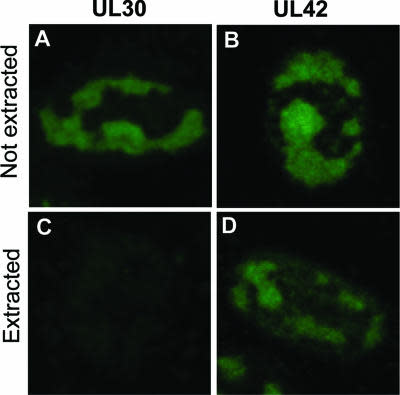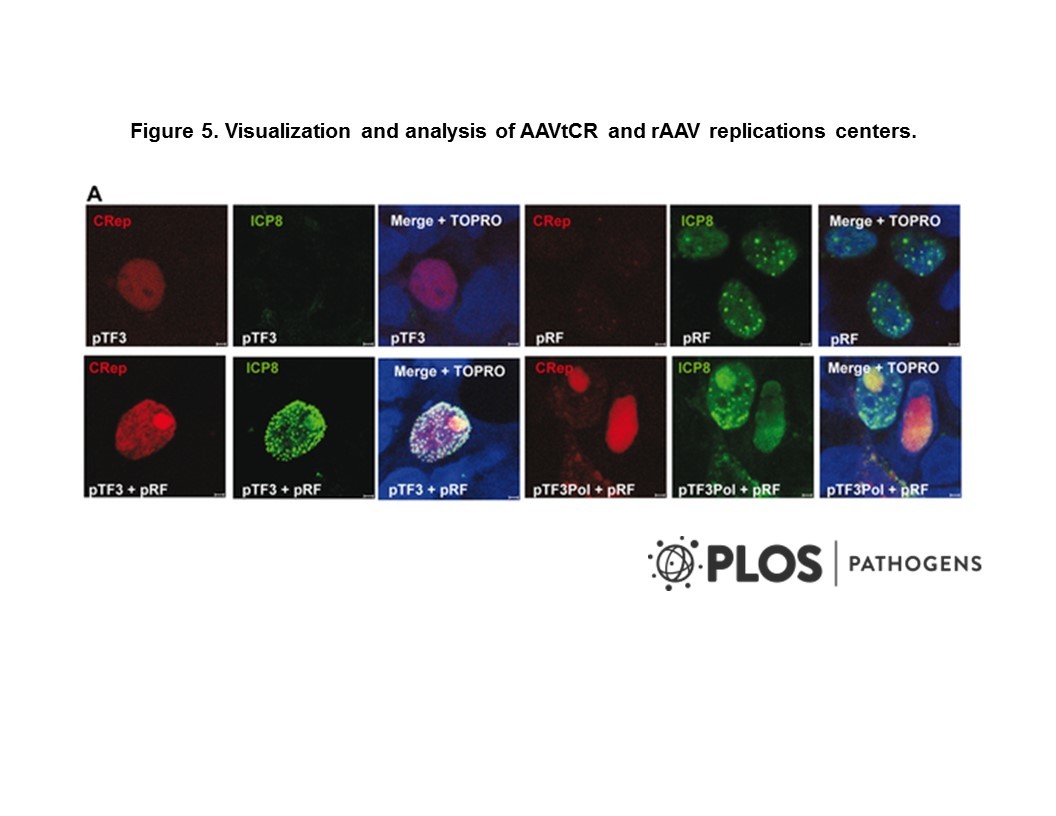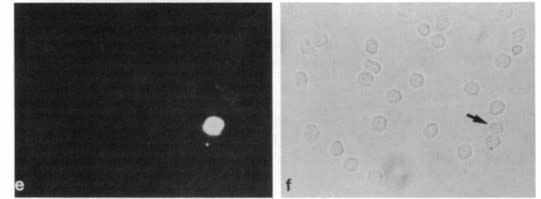
Cat. #151070
Anti-p13 [AA10.2]
Cat. #: 151070
Sub-type: Primary antibody
Unit size: 100 ug
Availability: 1-2 weeks
Target: p13 (SUC1)
Class: Monoclonal
Application: IHC ; IP ; WB
Reactivity: Schizosaccharomyces pombe
Host: Mouse
£300.00
This fee is applicable only for non-profit organisations. If you are a for-profit organisation or a researcher working on commercially-sponsored academic research, you will need to contact our licensing team for a commercial use license.
Contributor
Inventor: Julian Gannon
Institute: Cancer Research UK, London Research Institute: Clare Hall Laboratories
Tool Details
*FOR RESEARCH USE ONLY
- Name: Anti-p13 [AA10.2]
- Clone: AA10.2
- Tool type ecom: Antibodies
- Tool sub type: Primary antibody
- Class: Monoclonal
- Conjugation: Unconjugated
- Strain: Balb/c
- Reactivity: Schizosaccharomyces pombe
- Host: Mouse
- Application: IHC ; IP ; WB
- Description: p13 SUC1 is a CDK subunit from S. pombe that interacts with CDK1. p13 SUC1 is used exclusively to capture CDK1 complexes from various cell lines and egg extracts.
- Immunogen: p13
- Isotype: IgG1 kappa
- Myeloma used: Sp2/0-Ag14
- Recommended controls: Raji cells or breast carcinomas.
Target Details
- Target: p13 (SUC1)
- Tissue cell line specificity: Raji cells or breast carcinomas.
- Target background: p13 SUC1 is a CDK subunit from S. pombe that interacts with CDK1. p13 SUC1 is used exclusively to capture CDK1 complexes from various cell lines and egg extracts.
Applications
- Application: IHC ; IP ; WB
Handling
- Format: Liquid
- Concentration: 1 mg/ml
- Unit size: 100 ug
- Storage buffer: PBS with 0.02% azide
- Storage conditions: -15° C to -25° C
- Shipping conditions: Shipping at 4° C
References
- Yang et al. 2005. J Am Soc Nephrol. 16(10):2890-6. PMID: 16107581.
- Redistribution of myosin VI from top to base of proximal tubule microvilli during acute hypertension.
- Gee et al. 1999. J Pathol. 189(4):514-20. PMID: 10629551.
- Immunohistochemical analysis reveals a tumour suppressor-like role for the transcription factor AP-2 in invasive breast cancer.
- Batsch et al. 1998. Mol Cell Biol. 18(7):3647-58. PMID: 9632747.
- RB and c-Myc activate expression of the E-cadherin gene in epithelial cells through interaction with transcription factor AP-2.






